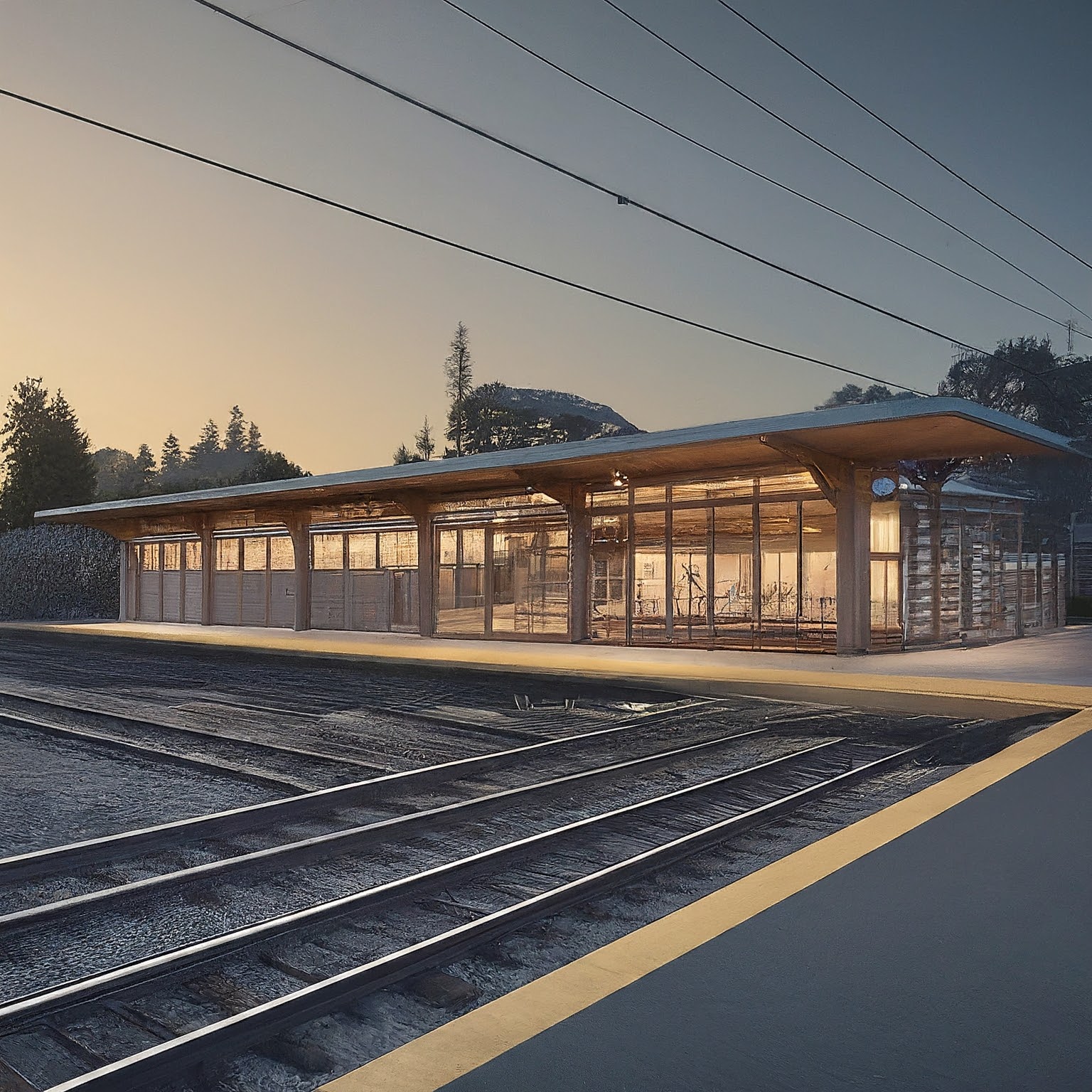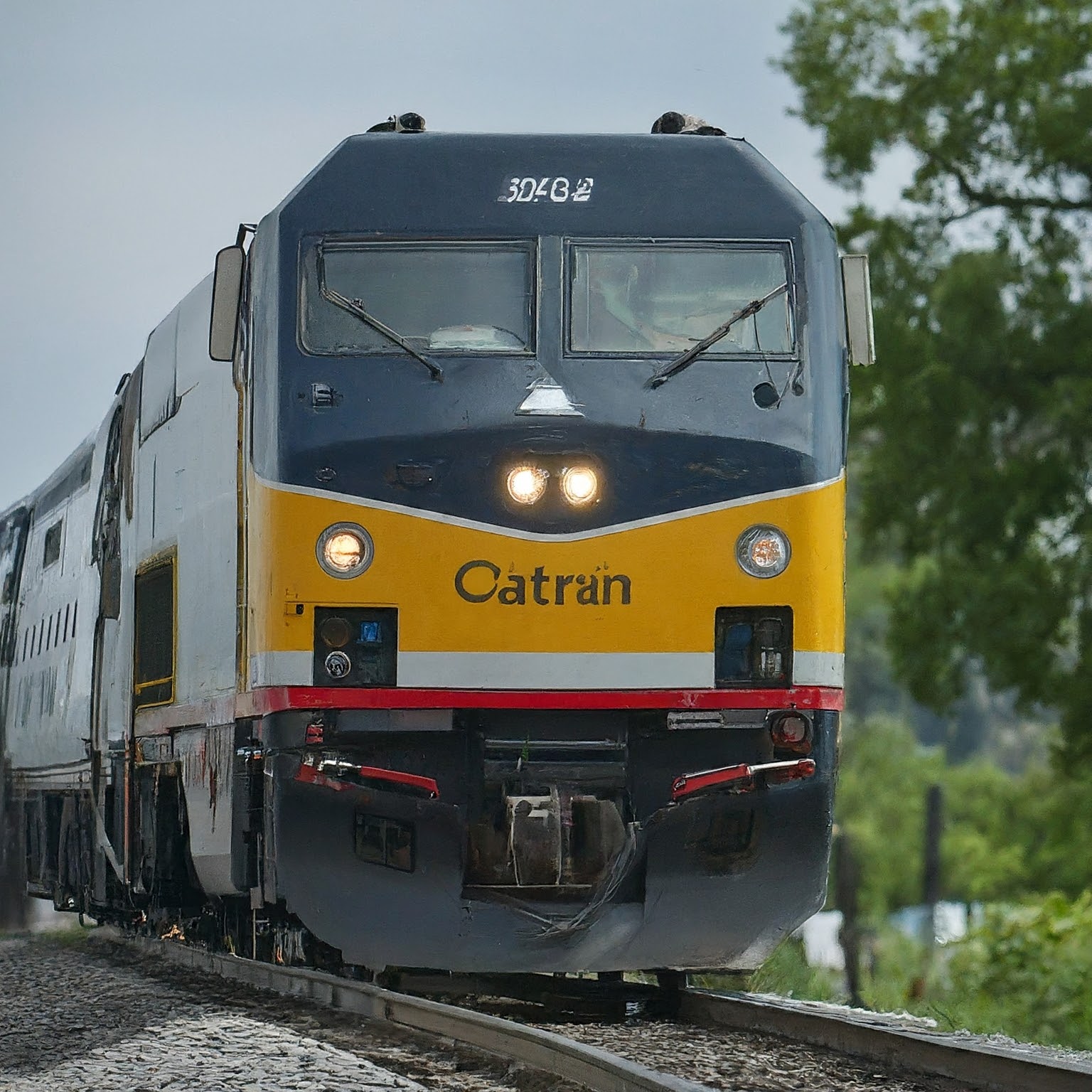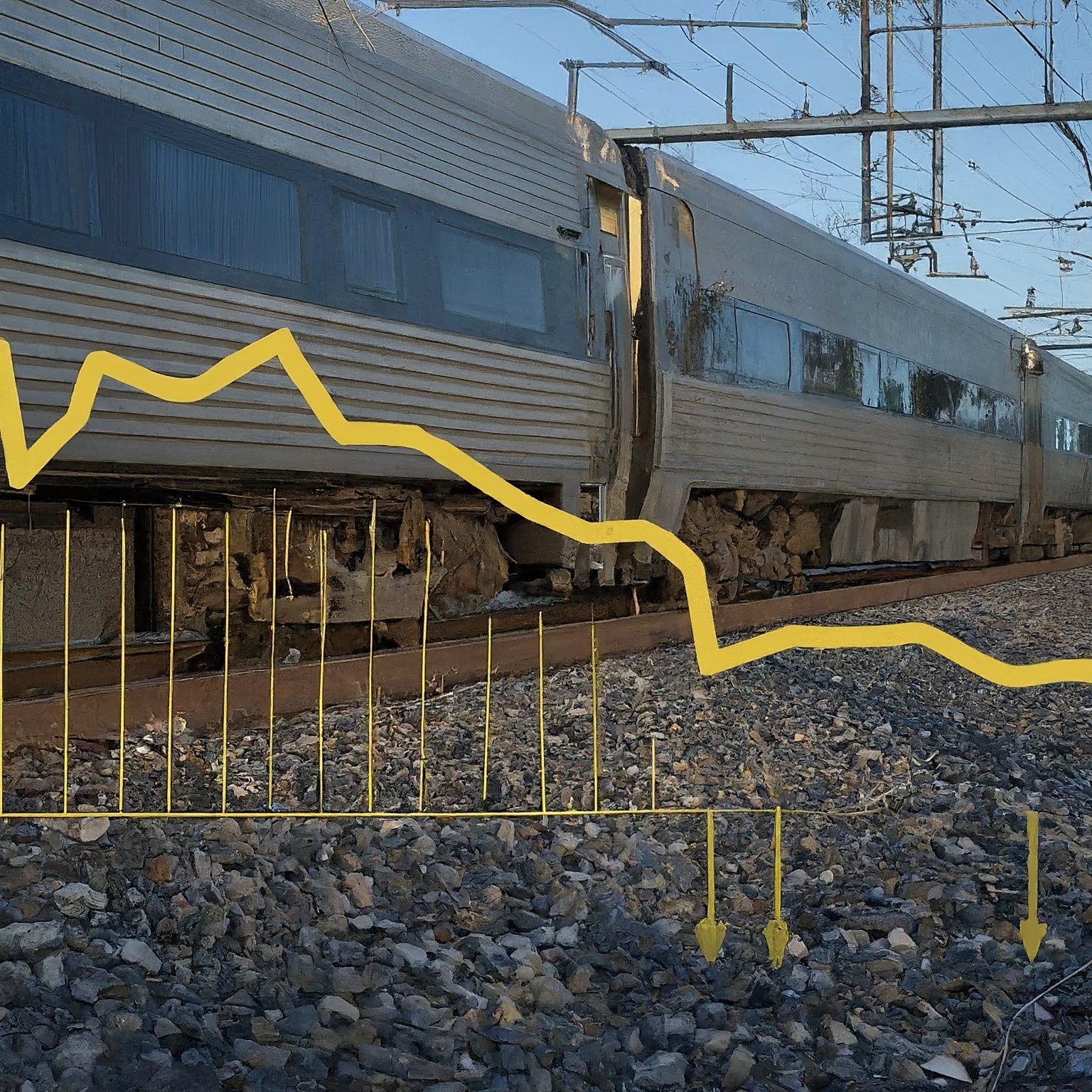A Breach of Trust: Unraveling the Allegations
The news sent shockwaves through the Bay Area – a trusted Caltrain official, Joe Navarro, the former deputy director of operations, stands accused of using public funds to build himself not one, but two secret apartments within train stations. The alleged scheme involved converting unused office spaces in Burlingame and Millbrae stations into fully functional living quarters, complete with amenities that suggest long-term habitation.
According to the San Mateo County District Attorney’s Office, Navarro allegedly conspired with a contractor, Seth Worden, to pull off this audacious act. The accusations paint a picture of a well-planned operation:
- Misappropriated Funds: Prosecutors claim roughly $50,000 in taxpayer money was diverted to finance the construction of these secret apartments.
- Undetected Modifications: The apartments reportedly remained hidden for a significant period, raising concerns about the effectiveness of security protocols and routine inspections within Caltrain facilities.
- Luxury Touches: Reports suggest these weren’t bare-bones hideouts. The apartments allegedly boasted features like showers, heating systems, security cameras, and even kitchenettes, indicating a deliberate effort to create comfortable living spaces.

Beyond the Headlines: Potential Motives and Wider Implications
While the exact motivations behind this alleged scheme remain under investigation, several possibilities emerge:
- Personal Gain: The most straightforward explanation involves Navarro and Worden allegedly seeking personal advantage by creating luxurious living spaces for themselves at taxpayer expense.
- Abuse of Power: The case could also represent a blatant disregard for authority and a calculated misuse of Navarro’s position within Caltrain.
- Systemic Weaknesses: The scandal might expose underlying vulnerabilities within Caltrain’s oversight mechanisms, allowing such unauthorized modifications to go undetected for an extended period.
The implications of this alleged scheme extend far beyond a personal living arrangement. Here’s what’s at stake:
- Erosion of Public Trust: Bay Area residents rely on Caltrain for their daily commutes. This incident shatters their faith in the responsible management of the public transportation system they depend on.
- Security Concerns: The unauthorized modifications raise serious security anxieties. Were these apartments built with any structural considerations? Did they compromise the security systems within the stations?
- Misallocation of Resources: Public funds earmarked for improving Caltrain services were allegedly diverted for personal gain. This incident highlights the need for stricter financial controls to ensure resources are used efficiently.
Beyond the Allegations: A Look at the Potential Victims
While Navarro and Worden stand accused, there are clear victims in this alleged scheme:
- Bay Area Residents: Commuters are the ultimate losers. Their trust in Caltrain’s leadership is shaken, and they face the possibility of compromised security within stations.
- Taxpayers: Their hard-earned money was allegedly misused for personal gain instead of improving the public transportation system they rely on.
- Caltrain’s Reputation: This scandal tarnishes the image of Caltrain and calls into question their commitment to responsible management and transparency.

A Call to Action: Restoring Trust and Ensuring Accountability
In the wake of this scandal, several steps can be taken to ensure transparency and prevent similar incidents in the future:
Caltrain’s Response:
- Independent Audits: Implement regular, independent audits of Caltrain’s operations to identify potential financial mismanagement.
- Enhanced Oversight: Establish a robust oversight board with diverse representation to provide a clear line of accountability for Caltrain leadership.
- Increased Transparency: Improve public access to financial records and project details to foster trust and open communication.
- Security Review: Conduct a comprehensive security assessment of Caltrain facilities to identify and address any vulnerabilities exposed by this incident.
- Public Reporting Procedures: Establish clear and accessible protocols for employees and the public to report suspicious activity or potential misuse of funds.
Residents’ Role:
- Stay Informed: Residents should actively follow news about Caltrain and attend public meetings to voice their concerns and hold Caltrain accountable.
- Demand Action: Contact elected officials and Caltrain representatives to advocate for stricter oversight measures and transparent financial practices.
- Remain Vigilant: Stay informed and continue to demand accountability from Caltrain leadership to ensure such incidents never happen again.
Lessons Learned: Moving Forward with a More Secure and Accountable Caltrain
The alleged Caltrain apartment scandal serves as a stark reminder of the importance of accountability and transparency in public institutions. Here’s what we can learn from this incident:
- The Necessity of Checks and Balances: A strong system of checks and balances within Caltrain, including independent oversight and regular audits, is crucial to prevent future misuse of public funds and resources.
- The Power of Transparency: Open communication and readily available financial records foster trust and empower residents to hold Caltrain accountable.
- Prioritizing Security: Regular security assessments and stricter protocols for inspecting Caltrain facilities are essential to safeguard public safety and infrastructure integrity.
- Resident Engagement: An informed and engaged public plays a vital role in ensuring responsible management of public transportation systems.

A Comparative Look: Public Trust vs. Secrecy
The Caltrain scandal highlights the stark contrast between public trust and secrecy. Here’s a table outlining the key differences:
| Aspect | Public Trust | Secrecy |
|---|---|---|
| Transparency | Open communication, readily available information | Information withheld, lack of clarity |
| Accountability | Leaders answer to the public | Leaders operate without oversight |
| Public Confidence | Fosters trust and cooperation | Breeds suspicion and distrust |
| Security Risks | Potential vulnerabilities exposed | Increased risk of security breaches |
As you can see, public trust is the cornerstone of a well-functioning public transportation system. When secrecy prevails, as allegedly happened in this case, the consequences can be severe.
Building a More Secure and Reliable Caltrain: A Look at Potential Solutions
Several potential solutions can help rebuild trust and create a more secure and reliable Caltrain system:
- Technology Integration: Implementing advanced security systems, including surveillance cameras and access control measures, can deter unauthorized modifications and enhance overall security within stations.
- Community Outreach: Caltrain can rebuild trust by actively engaging with the community through public forums, town hall meetings, and citizen advisory boards.
- Whistleblower Protections: Establishing clear and robust whistleblower protection policies encourages employees to report suspicious activity without fear of retaliation.
- Transparency Initiatives: Caltrain can take proactive steps towards transparency by publishing regular financial reports, project updates, and clear guidelines for public records requests.

Conclusion: A United Front for a Reliable Public Transportation System
The Caltrain apartment scandal may have shaken public trust, but it also presents an opportunity for positive change. By demanding accountability, advocating for stricter oversight, and remaining vigilant, Bay Area residents can play a crucial role in ensuring a secure and reliable public transportation system. Caltrain, in turn, must prioritize transparency, strengthen its security measures, and actively engage with the community to regain the trust of the people they serve.
Together, residents and Caltrain leadership can work towards a future where public funds are managed responsibly, security is paramount, and commuters can rely on a safe and efficient transportation system.











